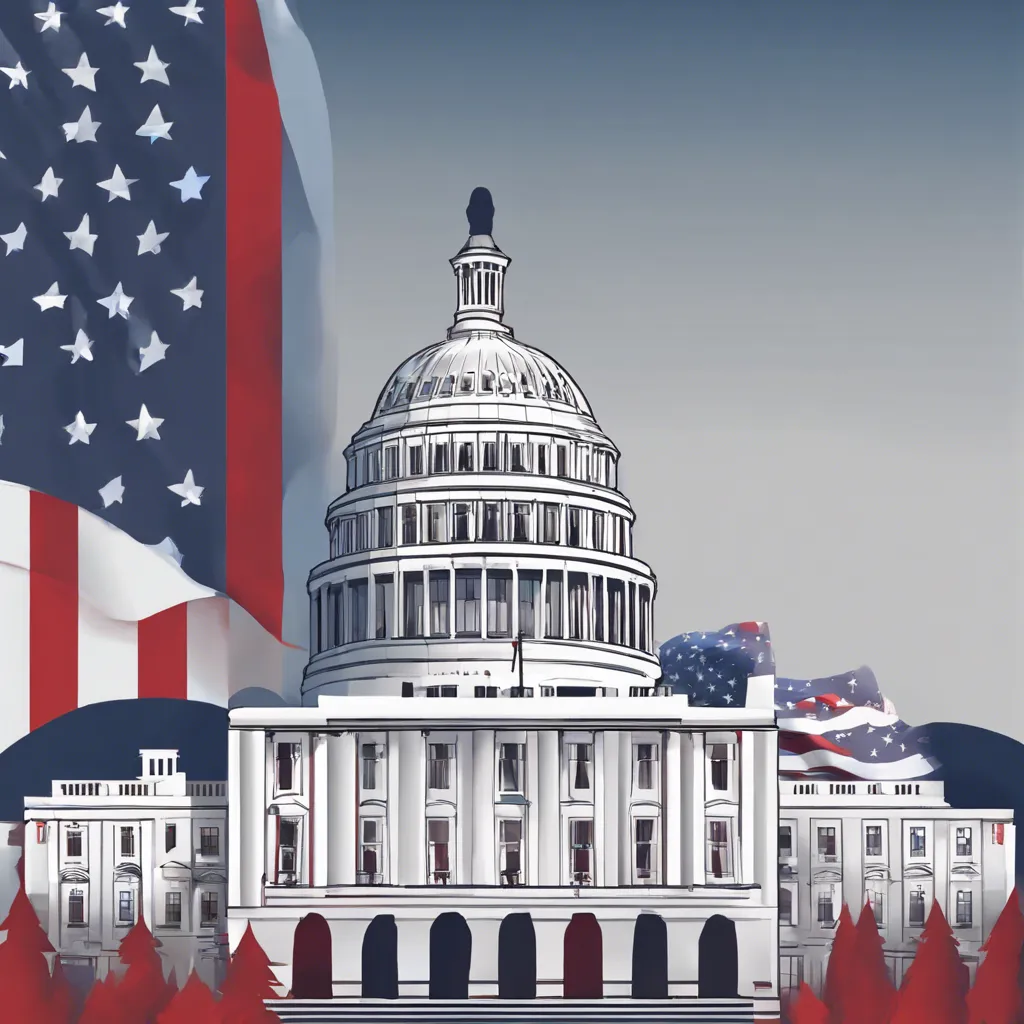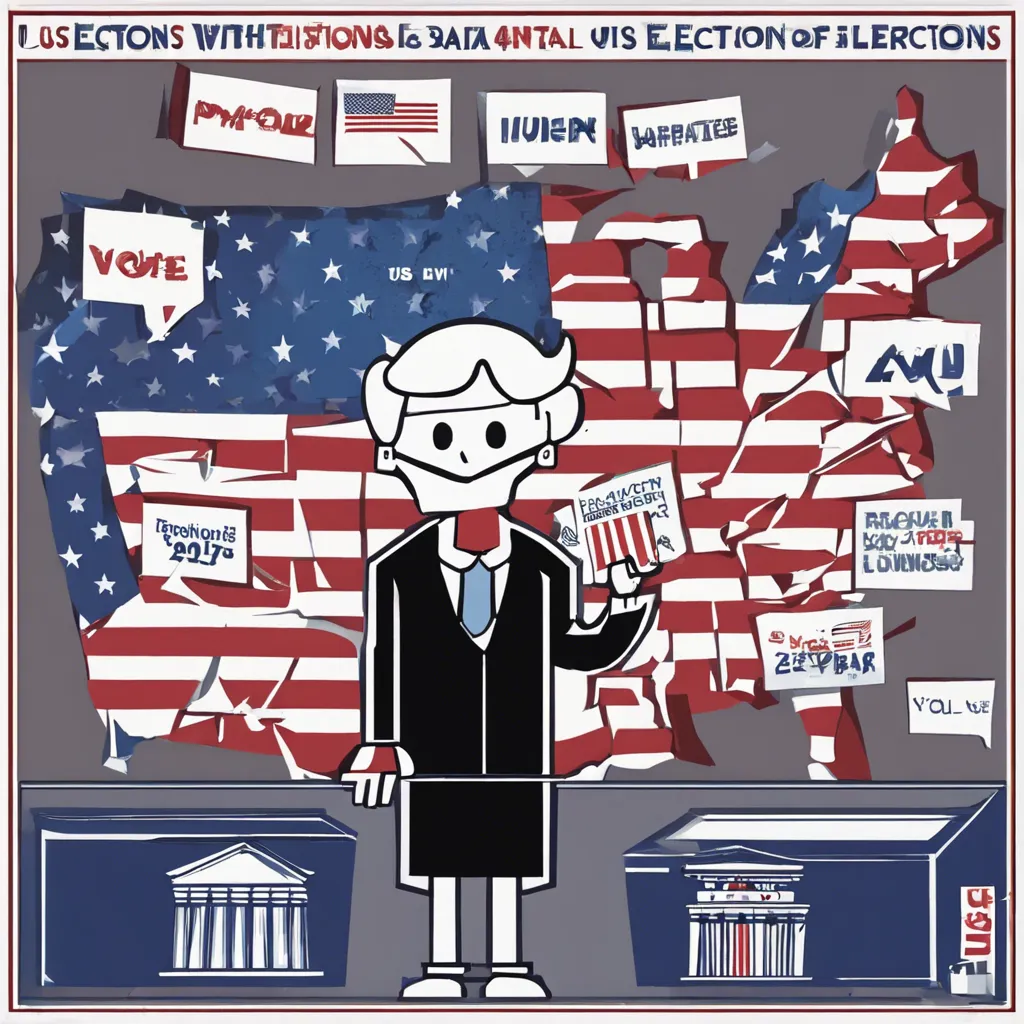The 2024 U.S. Election: A Pre-Election Landscape and Predictions
As the 2024 U.S. presidential election approaches, political analysts, pundits, and voters alike are eager to speculate on who will emerge victorious. With an ever-evolving political landscape marked by shifting demographics, pressing issues, and unprecedented challenges, the race is shaping up to be one of the most contentious in recent history. Although we are still months away from casting ballots, a thorough examination of key factors influencing the election can offer insights into potential outcomes.
Current Contenders and Their Campaign Strategies
At the forefront of the 2024 election, we have former President Donald Trump, poised to reclaim the Oval Office after a tumultuous tenure and an even more tumultuous post-presidency. On the Democratic side, President Joe Biden is running for re-election amidst a backdrop of economic recovery, foreign policy challenges, and an increasingly polarized electorate. The candidates’ strategies reflect their distinct approaches to addressing pressing national issues.
- Trump’s Base: Trump continues to galvanize his base with strong messaging on immigration reform, economic revitalization, and a return to “America First” policies. His ability to connect with grassroots supporters remains a formidable advantage.
- Biden’s Approach: Biden’s campaign is likely to highlight achievements in job creation and infrastructure development while addressing concerns over inflation and healthcare accessibility. The president’s narrative will focus on unity and stability in contrast to what he terms “chaos” from Trump’s administration.
Key Issues Shaping Voter Decisions
Several critical issues are dominating conversations as the election date approaches:
- Economy and Inflation: With rising costs affecting everyday Americans, both candidates must tackle economic concerns head-on. Trump may emphasize free-market policies while Biden will likely advocate for government intervention to support struggling families.
- Healthcare: The pandemic spotlighted systemic healthcare issues that continue to plague the nation. Voters are increasingly concerned about healthcare affordability, and candidates must provide clear strategies for reform.
- Climate Change: As extreme weather events become more common, climate change is emerging as a pivotal issue for many voters, particularly younger generations. Candidates’ environmental policies will play a significant role in securing votes from these demographics.
- Social Justice and Equality: Movements advocating for racial justice and equality continue to resonate strongly with voters. Candidates who can authentically address these concerns are likely to appeal to a broad spectrum of the electorate.
Polling Dynamics and Voter Sentiment
Polls leading up to the election are essential tools for gauging public sentiment. Current polling suggests a close race between Biden and Trump, with independent voters holding considerable sway in swing states. As history has shown, voter turnout can be unpredictable; however:
- High Engagement from Young Voters: Young voters are mobilizing around issues like climate change and social justice. If this demographic turns out in significant numbers, they could tip the balance toward Biden.
- Persistent Loyalty Among Trump Supporters: Trump's base remains steadfast. Their enthusiasm could drive higher turnout rates among conservative voters, complicating Biden's path to victory.
The Role of External Factors
No election occurs in a vacuum; external factors such as economic fluctuations, international events, and potential legal challenges can sway voter opinions at any moment. For example:
- Economic Indicators: Positive job reports or decreasing inflation rates could bolster Biden’s chances.
- Geopolitical Events: Rising tensions abroad may shift public perception of presidential leadership capabilities.
In conclusion, predicting the winner of the 2024 U.S. presidential election is complex and fraught with uncertainties. As candidates fine-tune their messages in response to dynamic voter needs and external pressures, engaging with these trends will be vital for both parties. Ultimately, while polling offers insights into current sentiments, the true test will come when Americans cast their votes on November 5, 2024. In this rapidly changing political climate, every voice matters—and every vote counts as we move toward shaping the future of our nation.
Stay informed as this election cycle unfolds; your participation in this democratic process is crucial!








